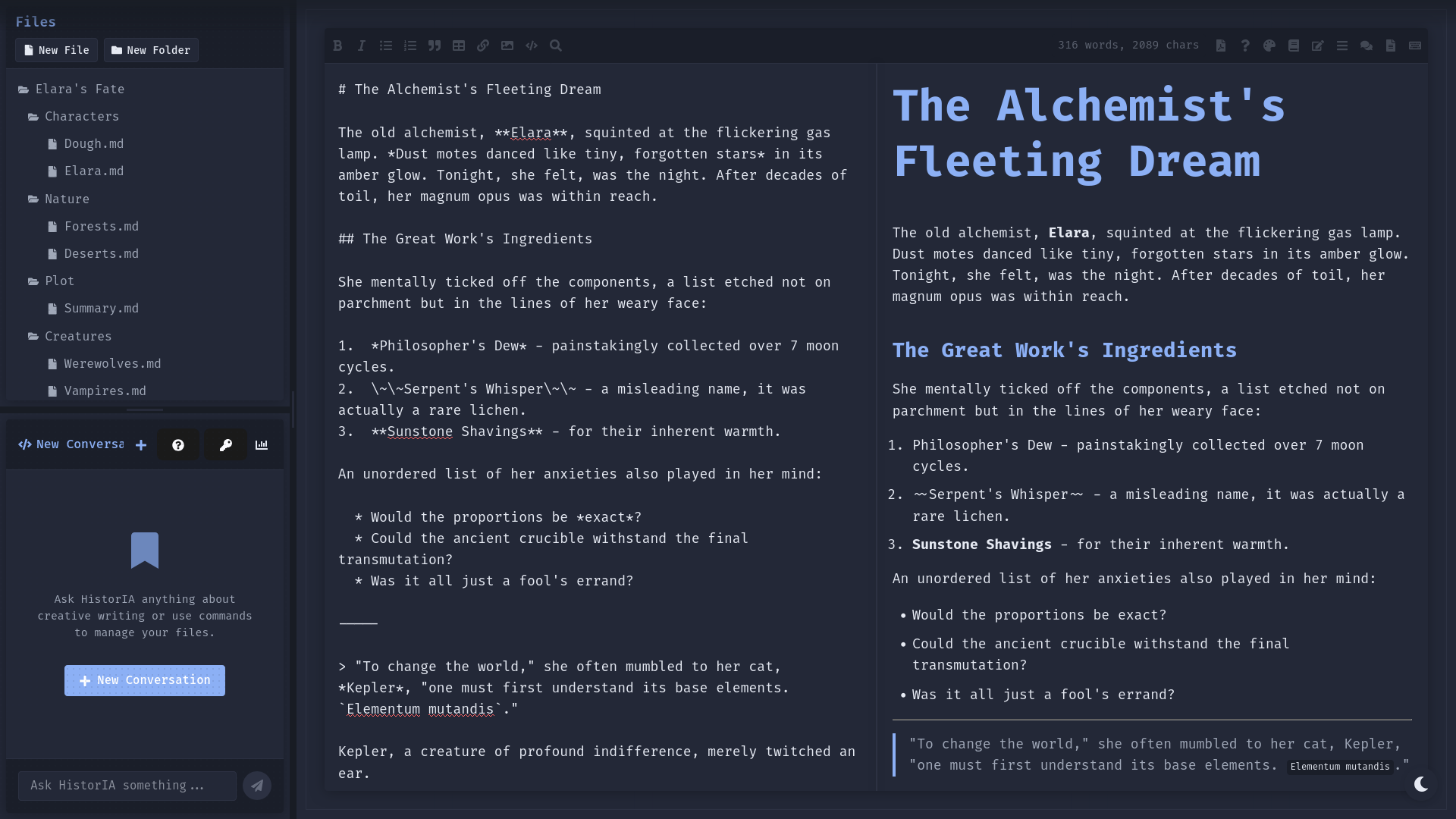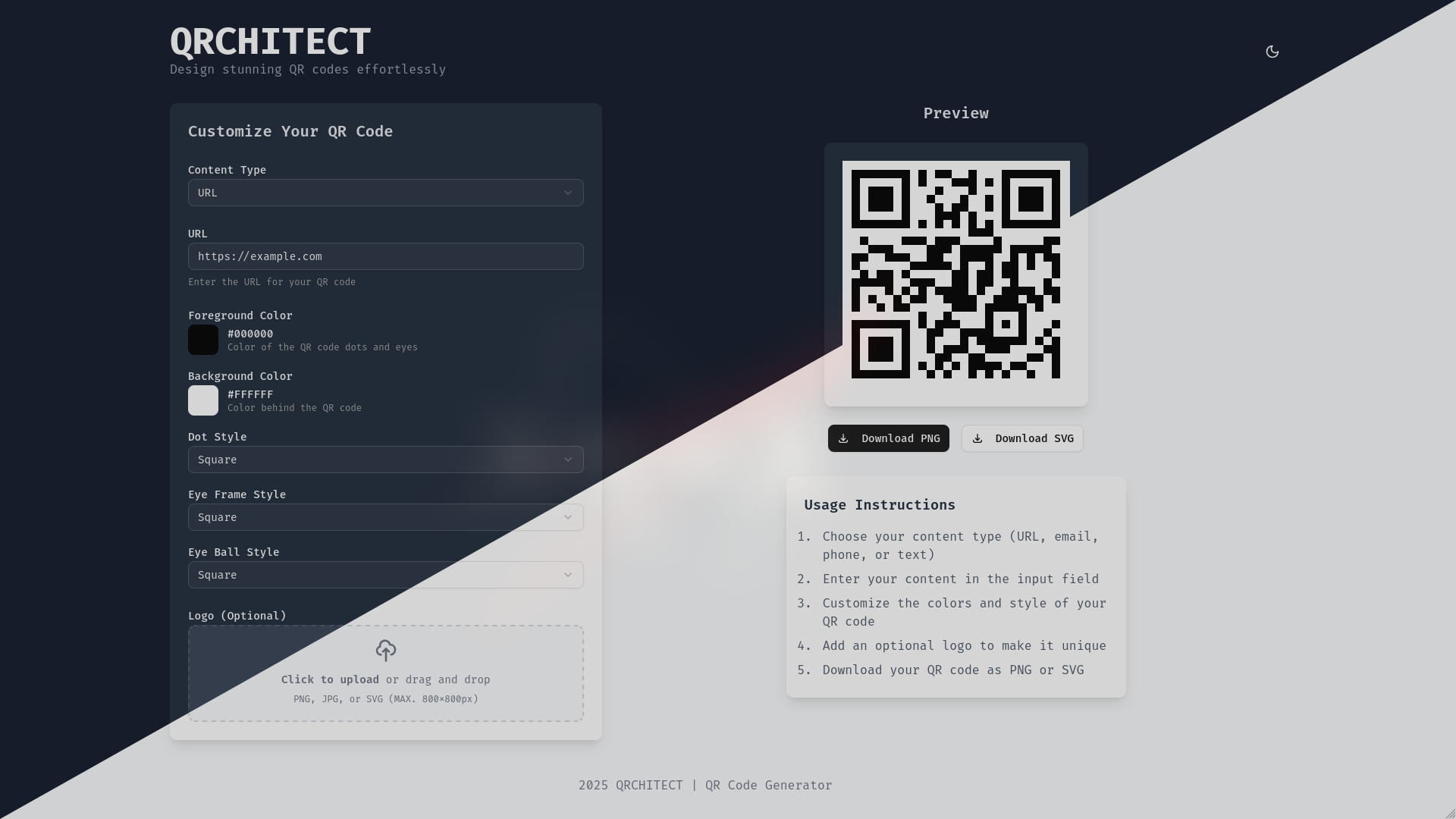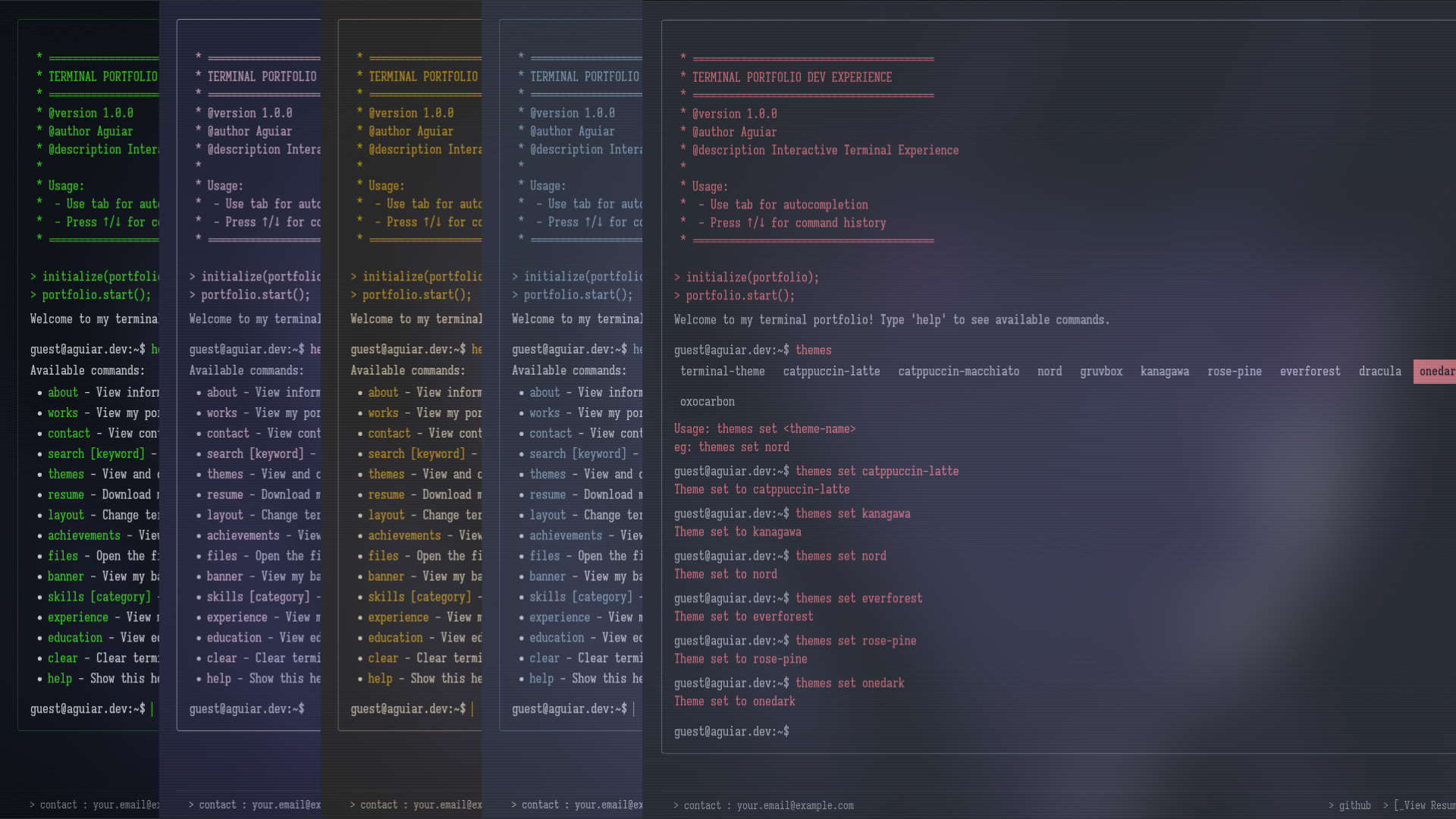Samuel Aguiar
Full-Stack Developer based in Galicia
Intern @ Altia Consultant
Bridging aesthetics, services, and stories.
From Linguistics to Logic
As a former student of Spanish Language & Literature, my passion for structure and meaning naturally led me to a new language: code.
I recently completed a Web Application Development Degree, transforming my understanding of language and logic.
Currently, I'm an intern at Altia Consultant — building scalable systems with solid backend architecture and thoughtful UI design.
"Programs must be written for people to read, and only incidentally for machines to execute."
My Toolbox
Frontend
Backend
Databases & Data
Tools & Workflow
Code in Action

The Philology of Code
As a former student of linguistics, I approach programming as a language system with its own grammar, semantics, and cultural context.
interface ButtonProps {
children: React.ReactNode
variant?: 'primary' | 'secondary'
// Accessibility property
ariaLabel?: string
}
export function Button({children, variant = 'primary'}) {
const classes = {
primary: 'bg-accent text-black',
secondary: 'bg-muted text-accent'
}
return (
<button className={classes[variant]}>
{children}
</button>
)
}Syntax: The Grammar of Code
Just as language has grammar rules, code follows syntactic patterns that determine its validity. The structure of components, the nesting of functions, and the arrangement of statements all follow rules that create meaning.
- •Nested structures in React components mirror the hierarchical nature of natural language sentences
- •Type declarations function like grammatical agreements in language
- •Function composition resembles how clauses combine to form complex sentences
Semantics: The Meaning of Code
Beyond syntax, code carries meaning. Variable names, function purposes, and component relationships all contribute to a semantic layer that communicates intent and functionality to both machines and humans.
- •Naming conventions create a lexicon that reveals the purpose and relationships of code elements
- •State management represents the changing context of an application, similar to how context affects meaning in language
- •Type systems enforce semantic constraints, ensuring code means what it claims to mean
Pragmatics: The Context of Code
Code exists within a context of use. The environment, user expectations, and developer conventions all shape how code is interpreted and what it accomplishes in the real world.
- •User experience considerations determine how code communicates with end users
- •Performance optimization adapts code to its execution environment, like how speech adapts to different social contexts
- •Code comments provide meta-communication about intent, similar to tone and gesture in spoken language
Philosophy: The Ethos of Code
At its core, code is a form of expression that embodies values and approaches. My philosophy of coding draws from linguistic principles to create systems that are not just functional, but meaningful and elegant.
- •Clarity over cleverness — code should communicate its intent as clearly as well-formed language
- •Consistency in patterns — like a well-edited text, code should maintain consistent conventions
- •Empathy for readers — code is written once but read many times, and should respect its audience
"The limits of my language mean the limits of my world." - Ludwig Wittgenstein
Experience Timeline
Let's Connect
Want to chat? Reach out through any of these platforms.
"The best code is written with collaboration in mind."

